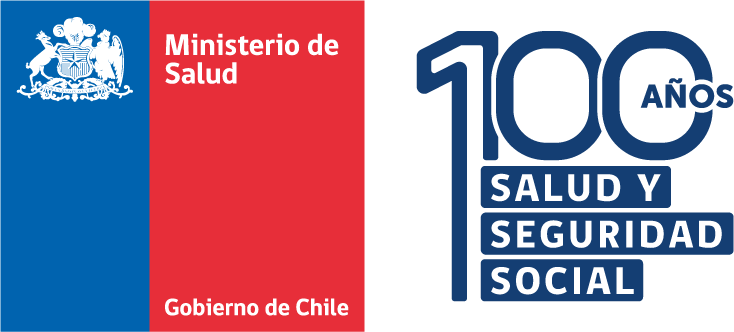Bibliografía
1. Chile, Ministerio de Salud. Estrategia nacional de salud para el cumplimiento de los objetivos sanitarios de la década 2011-2020. Santiago, Chile: MINSAL; 2011.
2. GATE Global Cooperation on Assistive Technology. Priority Assistive Products List [Internet]. World Health Organization; 2016 [citado 7 de junio de 2016]. Disponible en: http://www.who.int/phi/implementation/assistive_technology/low_res_english.pdf
3. II Estudio Nacional de la Discapacidad, SENADIS, Ministerio de Desarrollo Social. 2015.
4. OMS. Clasificación Internacional del funcionamiento, de la discapcidad y de la Salud. Versión abreviada. Madrid: Organización Mundial de la Salud; 2001.
5. Verza R, Carvalho MLL, Battaglia MA, Uccelli MM. An interdisciplinary approach to evaluating the need for assistive technology reduces equipment abandonment. Mult Scler Houndmills Basingstoke Engl. febrero de 2006;12(1):88-93.
6. Ontario HQ. Pressure Ulcer Prevention: An Evidence-Based Analysis. Ont Health Technol Assess Ser. 2009;9(2):1.
7. Shore S, Juillerat S. The impact of a low cost wheelchair on the quality of life of the disabled in the developing world. Med Sci Monit Int Med J Exp Clin Res. 1 de septiembre de 2012;18(9):CR533-CR542.
8. Jones A, Silva PG, Silva AC, Colucci M, Tuffanin A, Jardim JR, et al. Impact of cane use on pain, function, general health and energy expenditure during gait in patients with knee osteoarthritis: a randomised controlled trial. Ann Rheum Dis. 2 de enero de 2012;71(2):172-9.
9. Tyson SF, Rogerson L. Assistive walking devices in nonambulant patients undergoing rehabilitation after stroke: the effects on functional mobility, walking impairments, and patients’ opinion. Arch Phys Med Rehabil. marzo de 2009;90(3):475-9.
10. Kegelmeyer DA, Parthasarathy S, Kostyk SK, White SE, Kloos AD. Assistive devices alter gait patterns in Parkinson disease: advantages of the four-wheeled walker. Gait Posture. mayo de 2013;38(1):20-4.
